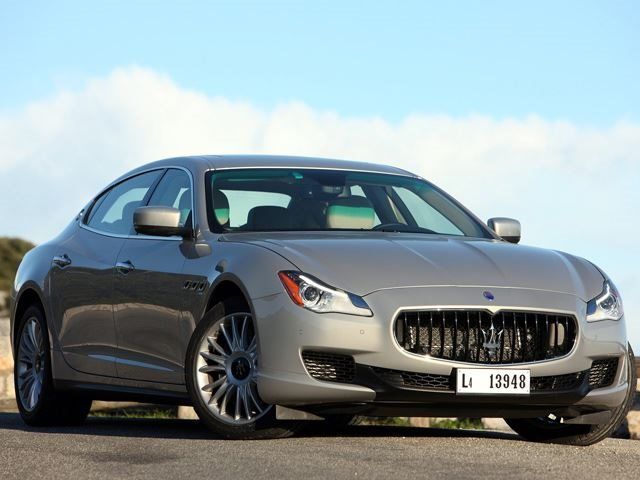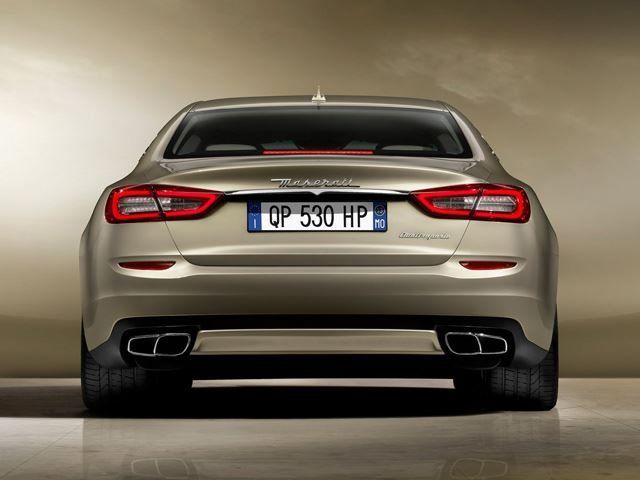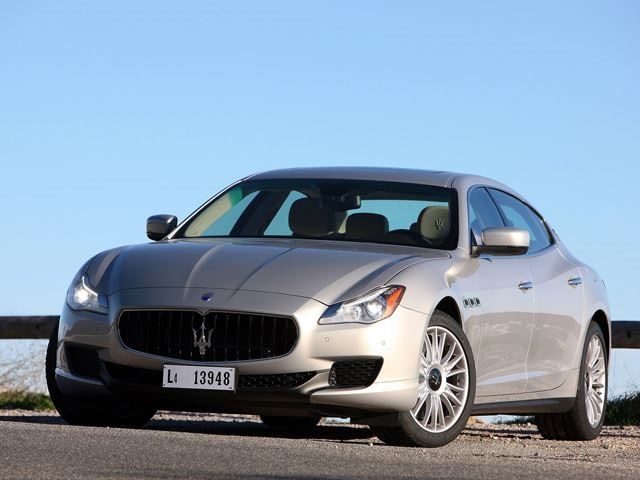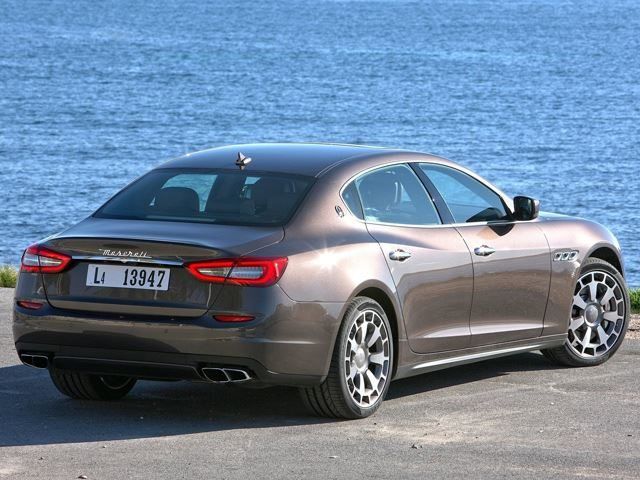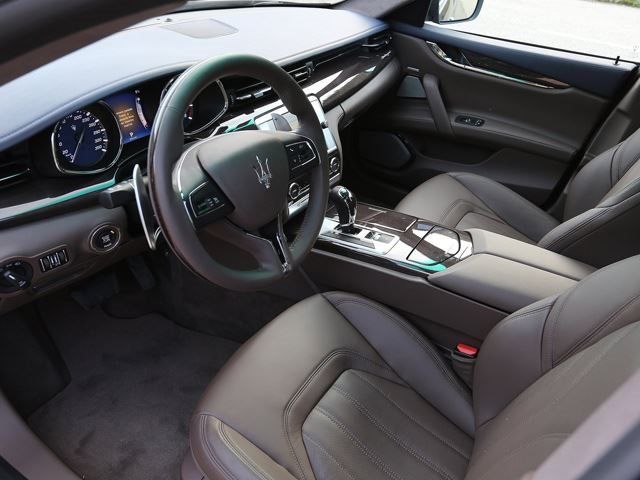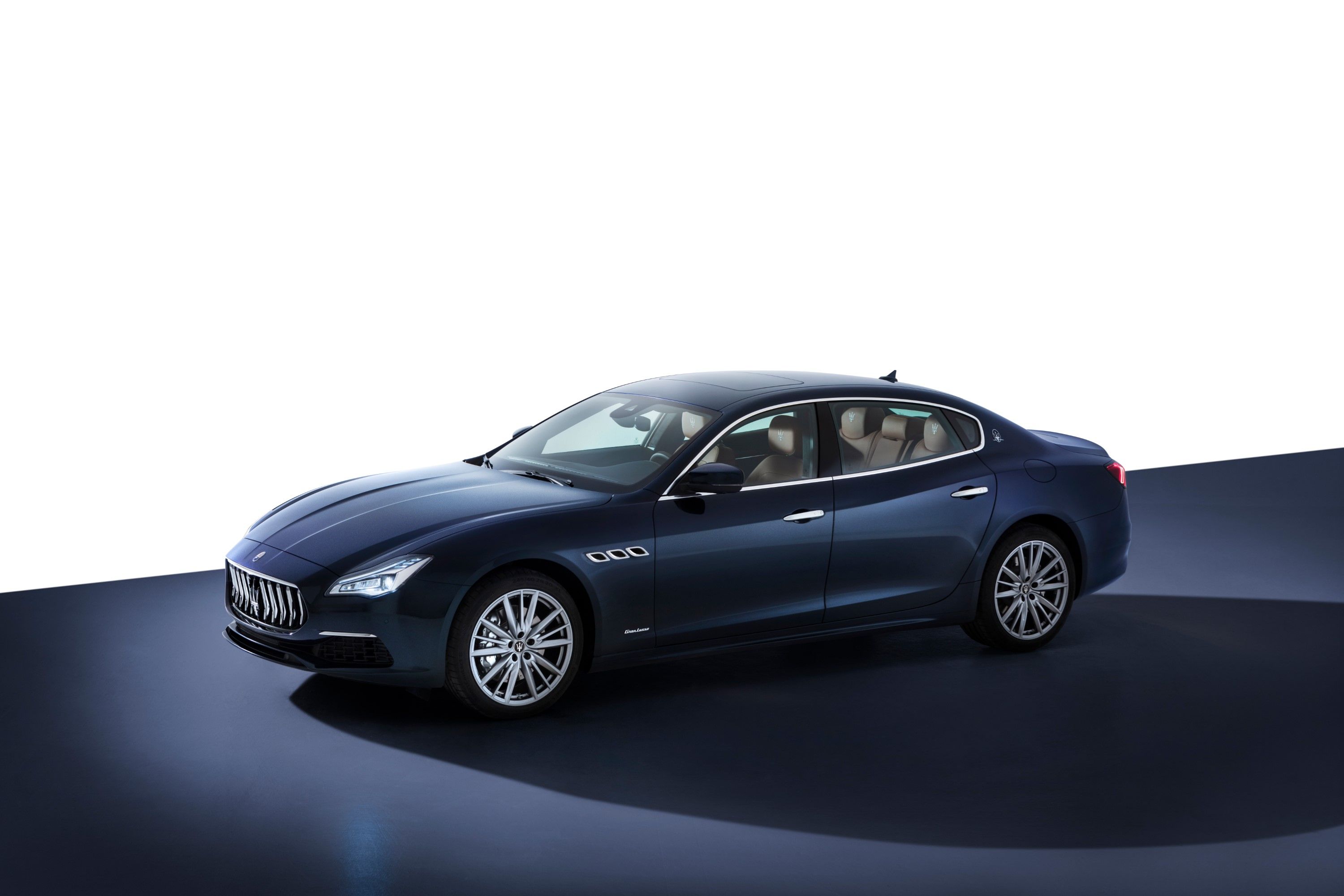
There's no denying that, under Ferrari management, Maserati had blossomed. Courtesy of investment from Maranello, it now had a cutting-edge factory, a great line-up of cars in the Quattroporte and then-new GranTurismo, and it actually turned a pretty tidy profit in 2007 (prior to that, Maserati was losing the Fiat Group money year-on-year). You'd have thought, then, that Ferrari would be kept in command at Maserati. However, that's not how things panned out.
By 2008, Maserati was now being run by the same group that oversaw Alfa Romeo – not exactly the most confidence-inspiring move, considering Alfa's fluctuating recent history. We'll never know if this management switch around had an effect on the sixth-gen Quattroporte's development, though we do know that the brief for this new Maserati sedan was for it to be a credible rival to the Mercedes-Benz S-Class. And that meant the sporty, aggressive characteristics of the previous car simply wouldn't cut it. Most of the reasoning behind that was to increase the new Quattroporte's appeal to a much wider potential audience.
Especially in the Chinese marketplace, where there's a huge demand for big, luxurious and practical four-door sedans. As a result, the new Quattroporte is a much more well-rounded ownership proposition than its predecessor. The interior design and build quality, for example, is far superior to what you'd find on the fifth-gen car, and the new QP does a much better job of balancing that Jekyll and Hyde duality that made the Quattroporte such a renowned luxury sports sedan to begin with. It also helps that the eight-speed automatic gearbox is a peach of a transmission, and that the Ferrari-developed turbocharged engines (a 400-hp V6 and a 530-hp V8) endow the Quattroporte with an impressive lick of speed.
To really compete with the executive sedans, though, the inevitable diesel model was needed. So, in a Quattroporte first, the sixth-gen model came with the option of an oil burner under the hood: a 3.0-litre V6, which compensated for its small power output with loads of torque. It's essentially the same diesel you'll find in the smaller Ghibli saloon, so it comes with the same pros and cons. As a result, it's not the best or most frugal diesel in the world, but the motor sounds and pulls well enough, and it's a solid base for Maserati to build upon. And build upon it probably will, as Maserati has confirmed it's got some fairly big plans for the Quattroporte.
More power is coming to the gas engines, for a start (450 hp for the V6, 560 hp for the V8), and we wouldn't be surprised to see revisions to the rest of the car come into play as well. The only downside is that these changes aren't expected to come into effect until 2018 at the earliest. So, until that day arrives, we'll just have to wait a while longer before the Quattroporte's game is speed. It seems, though, that Maserati can at get away with resting on its laurels for the time being. Despite relying on the Ghibli and Quattroporte to bring home the bacon, Maserati was somehow able to sell 36,000 models last year (up from the 15,000 cars it shifted in 2013).
Sales are also expected to increase for this year, though still fall someway short of the 70,000 target Maserati hoped to be hitting by now. It's unknown how many of those Maseratis going to customers are Quattroportes. However, it's safe to assume a good chunk of them are QPs, with the percentage likely to increase even further once the updates arrive in 2018.

